
James Dawson had an eye for a view. In 1840, he stood on the spot from which the photo below was taken. and decided to buy it.

His advisors explained that he couldn’t buy all of that, but could have the land down to Lake Windermere, on which he could more or less do what he wanted… planning control were not expected along for the next fifty years-ish, so were unlikely to interfere with his ambitious and imaginative ideas.

He had plans to use it as a retreat from his stressful but lucrative career as a Liverpool surgeon. On top of that, and of great assistance to his plans, his wife, Margaret, was rich … very rich.
He had an eye for the Gothic, as well, and fancied himself as a modern ‘lord of the manor’ – but within a baronial castle. He had a clear picture of how he would feel, ruling over this landscape with his beautiful and very rich wife by his side.
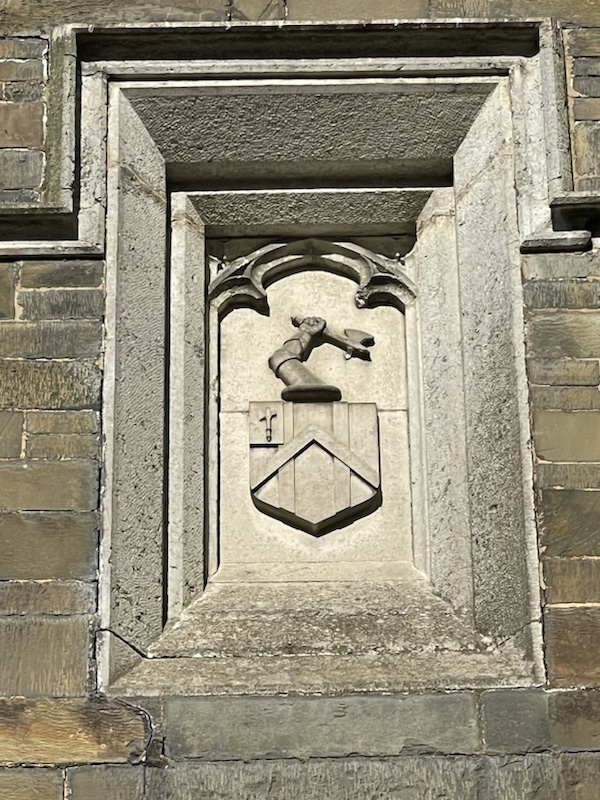
She seemed content for him to indulge his interests on the shores of Windermere. She had much to do within her own social life.
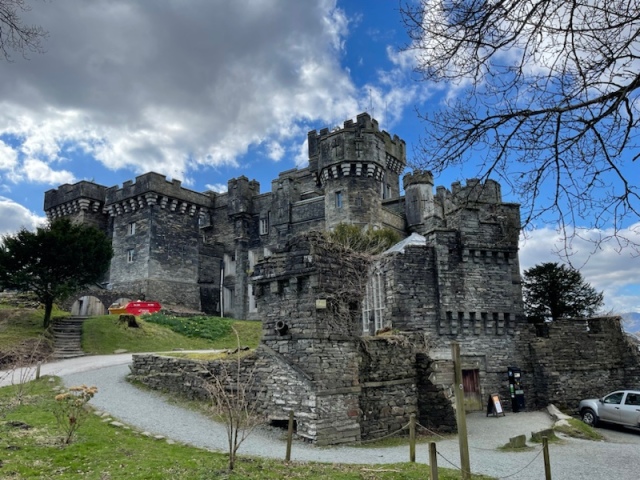
Sadly, his wife didn’t like the place, and refused to live there. She was very rich and had lots of choices.

I think I have recounted everything the man on the boat from Waterhead to Bowness told me. He said it was all true. I suspect some of it is… but have doubts about other parts. He did have a grin when he spoke – like someone who’s just transported into your reality.

James Dawson died in 1875, thirteen years after his wife Margaret. Gothic villas like ‘Wray Castle’ were becoming unpopular and were considered ‘vulgar and ostentatious’.
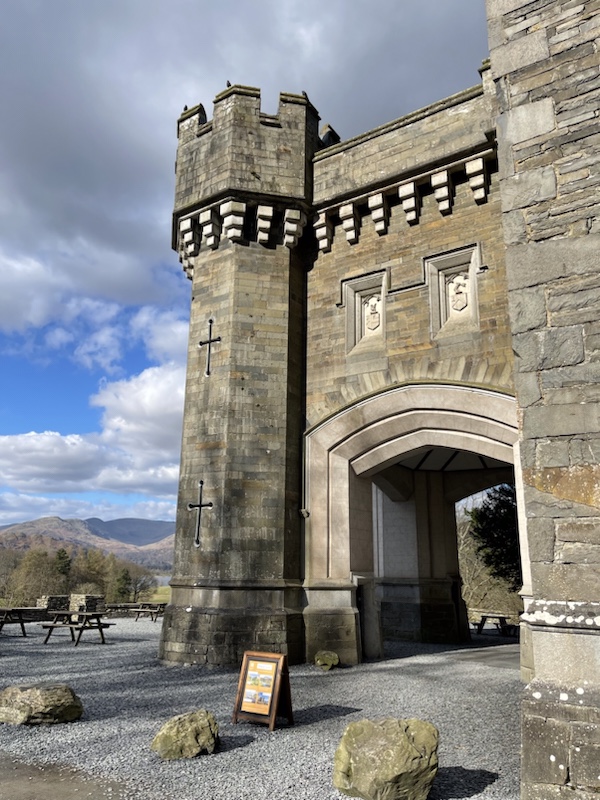
Wray Castle passed to a distant relative, Edward Preston Rawnsley. In 1898, he sold the entire Wray estate which, as an out-of-favour derelict, passed from owner to owner in the face of the money needed to restore it.
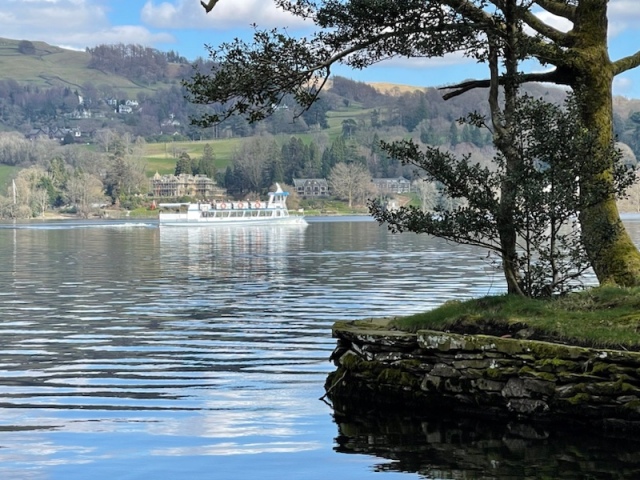
But all this was to the eventual benefit of the public. In 1929, the young National Trust bought Wray, not for the ‘folly’ of a house, but for the beautiful stretch of lakeshore that it included.
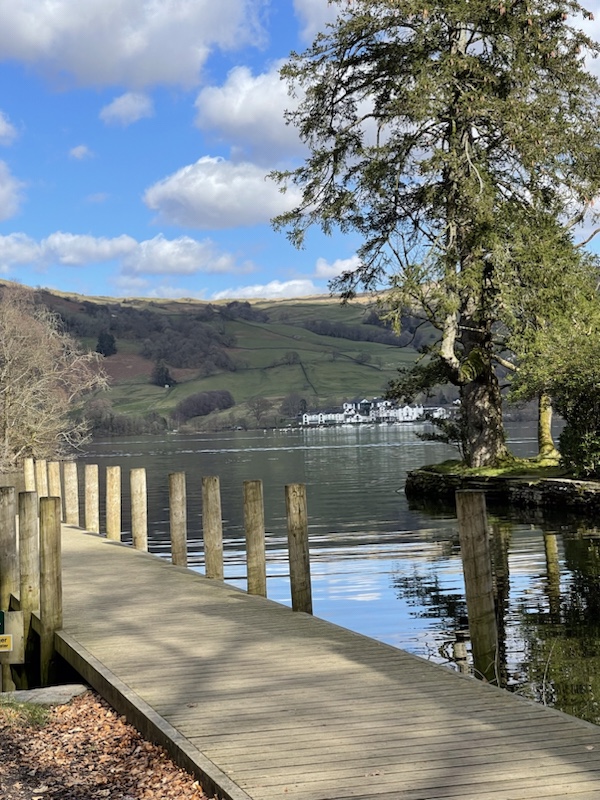
As parkland, it remained open, continuously. But the ‘baronial castle’ was leased to several unusual tenants including the Freshwater Biological Association (1931-50) and the Merchant Navy (1958-98). Plans to convert the castle into a luxury hotel were halted after the financial crash of 2008.
As a story, you’d be pressed to make it up…
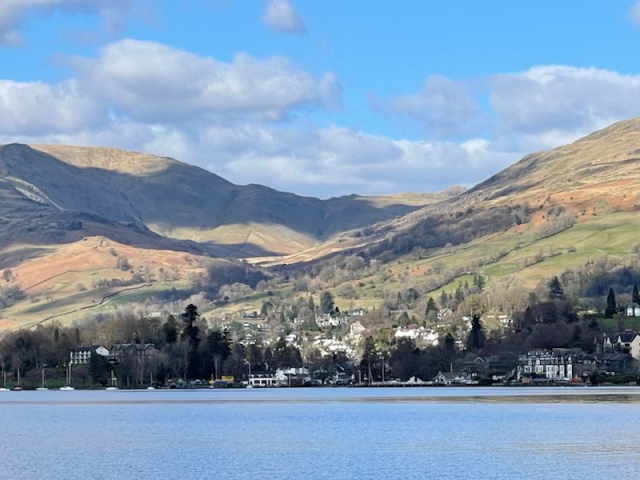
But, in reality…

It’s really beautiful.
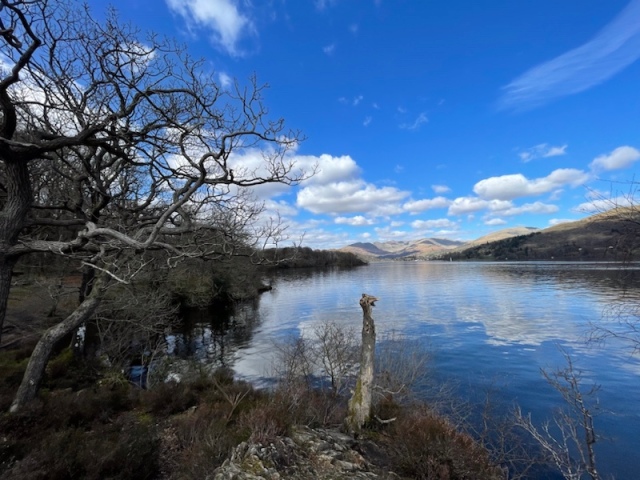
And the vision that James Dawson had was not only achieved, but sustained and extended by the National Trust.

If you’re in the Lakes, go and see it. Share the remarkable… and the triumph of the unlikely.
From Wikipedia:
Wray Castle is a Victorian neo-gothic building at Claife in the English county of Cumbria. The house and grounds have belonged to the National Trust since 1929, and house has opened to the public on a regular basis since 2013.[1][2] The grounds, which include part of the shoreline of Windermere, are open all year round and are renowned for their selection of specimen trees – Wellingtonia, redwood, Ginkgo biloba, weeping lime and varieties of beech.
©Stephen Tanham 2023
Stephen Tanham is a Director of the Silent Eye, a journey through the forest of personality to the dawn of Being.
http://www.thesilenteye.co.uk and http://www.suningemini.blog

What a beautiful spot! The castle, a little less so – but impressive nonetheless. The upkeep must also be impressive.
They keep it very well, Noelle. And there’s a nice cafe, too
Hopefully we’ll get that way sometime. In the meantime, I have your gorgeous photographs!
Thank you! I hope they continue to do that 😍